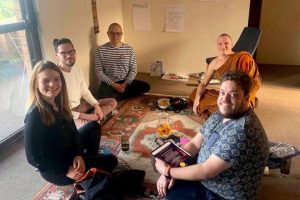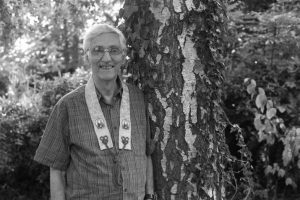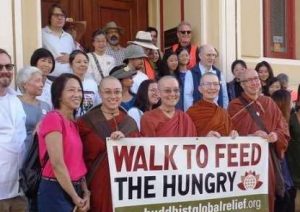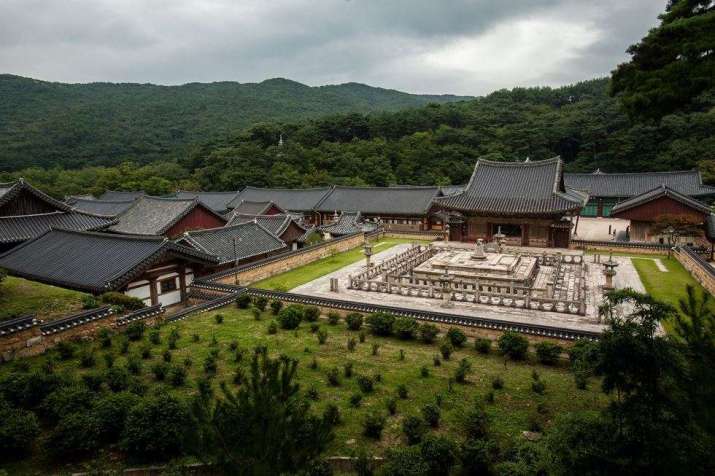
Seven ancient Buddhist mountain temples in South Korea dated to the seventh–ninth centuries were newly listed as UNESCO World Heritage Sites by unanimous decision at the World Heritage Committee meeting held in Bahrain on Saturday.
The seven Buddhist temples—Beopju-sa (법주사) in Boeun, North Chungcheong Province; Bongjeong-sa (봉정사) in Andong, North Gyeongsang; Buseok-sa (부석사) in Yeongju, North Gyeongsang; Daeheung-sa (대흥사0) in Haenam, South Jeolla; Magok-sa (마곡사) in Gongju, South Chungcheong; Seonam-sa (선암사) in Suncheon, South Jeolla; and Tongdo-sa (통도사) in South Gyeongsang—were all founded during the Three Kingdoms period (삼국시대; 57 BCE–668 CE), which comprised Baekje (백제), Silla (신라), and Goguryeo ([고구려], later known as Goryeo [고려]), or the Unified Silla (통일신라; 668–935).
Among the selections, Beopju-sa, a major Jogye Order temple, was initially constructed in 553 by the Silla monk Uisin and has been historically associated with Maitreya Buddha. Buseok-sa, also known as “The Temple of the Floating Stone,” was founded by the scholar-monk Uisang in 676. Daeheung-sa, a major temple affiliated with the Jogye Order, is dated to the 4th–9th centuries. Although no records of its founding are extant, some researchers believe it was established by the monk Adohwasang in 514. Tongdo-sa, another Jogye Order temple, is recognized as one of the Three Jewels—the three principal Buddhist temples in South Korea—and was established by the monk Jajang in 646.
“Buddhism has a long history that has traversed a number of historical eras in the Korean Peninsula,” The World Heritage Committee said in its decision. “The seven mountain monasteries
. . . offer a distinctively Korean instantiation of Buddhist monastic culture from the seventh century to the present day. These mountain monasteries are sacred places and provide an exceptional testimony to their long and continuing traditions of Buddhist spiritual practice.” (UNESCO)
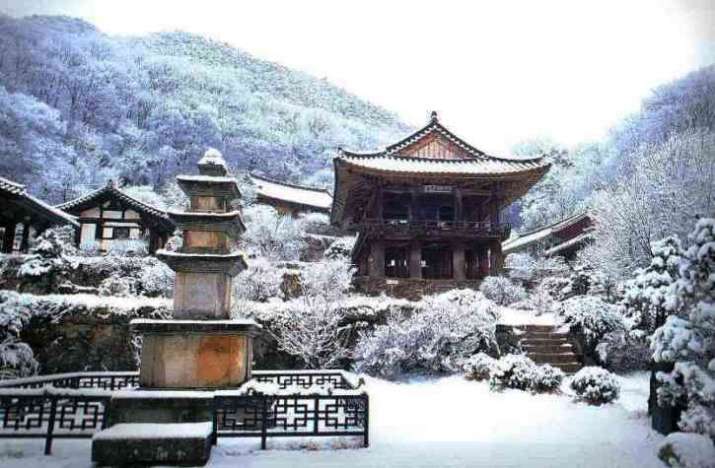
The Korean authorities decided to file a single listing application to UNESCO for the seven sites under the designation san-sa, instead of drawing up individual applications for each temple.
“We decided that it would be better to introduce these Korean temples to the international community together as san-sa, or mountain monasteries, by bringing their universal historic value into focus, despite each being a temple with its own outstanding value,” said Kim Ji-hong of the Cultural Heritage Administration (CHA), the government agency charged with preserving and promoting South Korea’s cultural heritage. (The Chosunilbo)
The new UNESCO listing adds to South Korea’s previous 12 listed World Heritage sites, many of which stand in testament to the country’s long and influential Buddhist heritage, including Seokguram Grotto and Bulguk-sa Temple in North Gyeongsang Province, the Baekje Historic Areas in South Chungcheong and North Jeolla, the Gyeongju Historic Areas in North Gyeongsang, and the mountain fortress city of Namhansanseong in Gyeonggi.
“San-sa are an important feature of East Asian Buddhism,” said Prof. Chung Byung-sam of Sookmyung Women’s University. “They’re places where religious practice and daily living take place at the same time.” (The Chosunilbo)
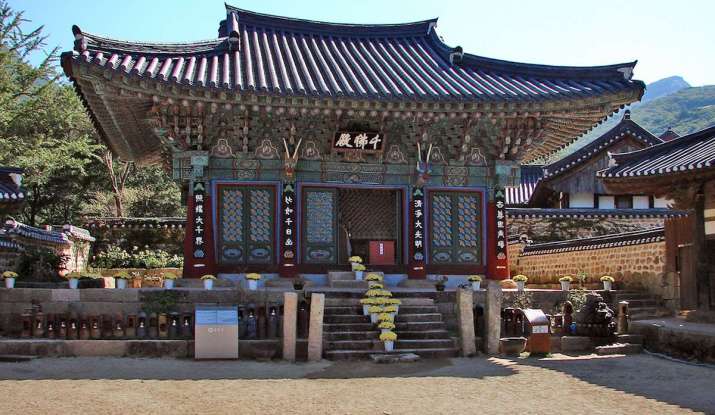
The decision came counter to earlier expectation that only four of the temples—Beopju-sa, Buseok-sa, Daeheung-sa, and Tongdo-sa—would be listed after advisory body the International Council on Monuments and Sites (ICOMOS) proposed that the other three temples were too small and lacked historical significance.* Citing an unnamed source, Korea’s Yonhap News Agency reported that places for all seven temples were approved following active negotiations and promotion by South Korea.
On the application filed last year, a CHA official said, “The temples, since their establishment, have continued the tradition of Korean Buddhism that is both religious and deeply rooted in people’s lives.” (Yonhap News Agency)
Receiving World Heritage status will necessitate detailed preservation and management programs that meet UNESCO requirements. UNESCO has recommended that comprehensive maintenance plans be drawn up for the sites, as well as measures for accommodating increased visitor numbers that listing typically bring.
The decision, announced on 30 June during the 42nd session of the World Heritage Committee in Manama, Bahrain, which runs from 24 June–4 July 4, saw a total of 18 new additions to the World Heritage List from around the world. Other selections included Germany’s Naumberg Cathedral, the Caliphate City of Medina Azahara in Spain, China’s Mount Fanjing (or Fanjingshan), and Chiribiquete National Park in Colombia.
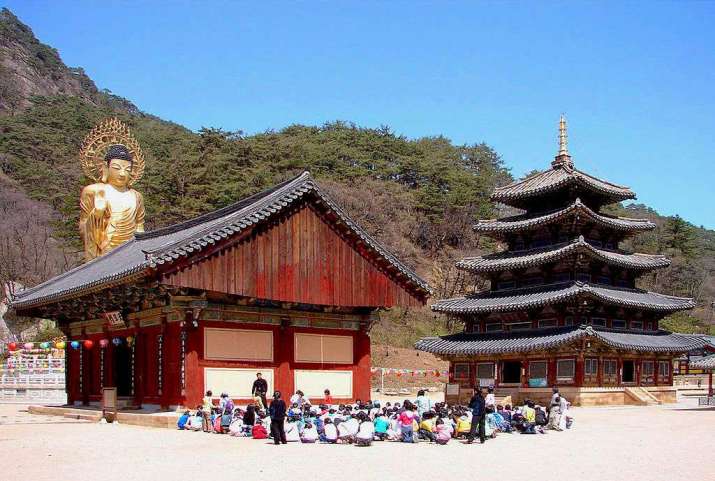
A majority of South Korea’s population—46.4 per cent—holds no religious affiliation, according to data for 2010 from the Washington, DC-based Pew Research Center. Christians make up the largest religious segment of the population at 29.4 per cent, while Buddhists account for 22.9 per cent.
* UNESCO Panel Recommends Four Korean Buddhist Temples for World Heritage Status (Buddhistdoor Global)
See more
Amended Draft Decision – UNESCO World Heritage Centre (UNESCO; PDF file)
7 Buddhist mountain temples newly join UNESCO’s World Heritage list (The Dong-a Ilbo)
7 Mountain Monasteries Put on UNESCO Heritage List (The Chosunilbo)
7 Korean mountain temples make way onto UNESCO list (The Korea Times)
Seven S. Korean Buddhist temples inscribed on UNESCO World Heritage List (Yonhap News Agency)








